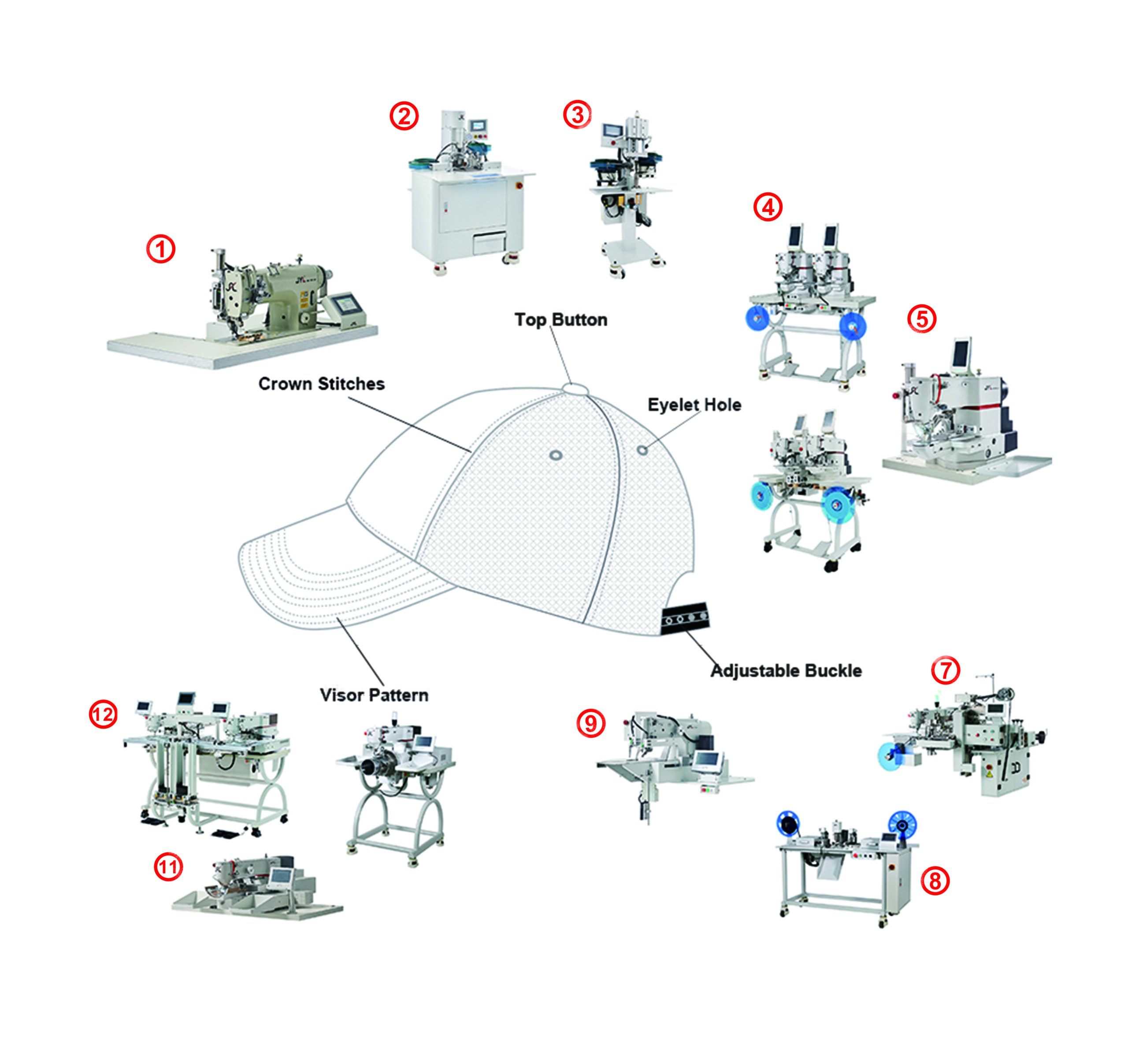Unleashing Efficiency: Using an Automatic Needle Threader on an Industrial Sewing Machine
Introduction
In the world of textiles and garment production, an industrial sewing machine is the heart of any operation. It’s a powerhouse of efficiency and durability, designed to withstand high-volume production. Key to this dynamic machinery is the automatic needle threader – a tool that can turn a time-consuming task into a matter of seconds, boosting productivity and streamlining workflows.
In this comprehensive guide, we’ll navigate the journey of using an automatic needle threader on an industrial sewing machine. Regardless of your role – whether you’re an operator on the shop floor, a technician maintaining the machines, or a manager looking to boost efficiency in your factory – this guide will equip you with the know-how to leverage the benefits of this innovative tool.
Understanding Your Industrial Sewing Machine and Automatic Needle Threader
Before we dive into the how-to’s, let’s take a moment to understand the marvel that is an industrial sewing machine and the role of an automatic needle threader.
An industrial sewing machine is a robust, high-speed machine designed for large scale, repetitive sewing tasks. It’s engineered to deliver precise and uniform stitches across a wide array of fabrics, from delicate silks to heavy-duty leathers and denims.
The automatic needle threader, a mechanism designed to simplify the threading process, is a game-changer in the industrial sewing world. No more squinting to thread the needle manually or wasting precious minutes between thread changes. This small but powerful tool threads the needle for you automatically in a matter of seconds.
Steps to Using an Automatic Needle Threader on an Industrial Sewing Machine
Before we begin, remember to always follow safety protocols when operating any machinery, including your industrial sewing machine. Ensure the machine is off or on standby before you start.
1. Preparing the Machine:
Start by raising the sewing machine needle to its highest position. Use the hand wheel on the side of your machine to do this. By moving the hand wheel, you can manually adjust the needle’s position.
2. Engaging the Threader:
On most industrial sewing machines, the automatic needle threader is located on the side or front of the machine. Depending on the model, you might have a lever or button to engage the automatic needle threader. Press or slide this to bring the threader into its operational position.
3. Threading the Machine:
Now, hold your thread from the spool and pass it through the thread guides. These guides ensure the thread will smoothly flow towards the needle.
4. Positioning the Thread:
Next, draw the thread through the hook of the needle threader. This step will vary depending on the model of your machine, so always refer to your user manual.
5. Threading the Needle:
Once the thread is in position, release the lever or button of the threader mechanism. The threader will pull a small loop of thread through the eye of the needle. Finally, gently pull this loop to finish threading the needle.
And voila! Your needle is threaded, and you’re ready to continue with your sewing project. The whole process, once mastered, will take mere seconds to complete, reducing downtime between thread changes and maximizing productivity.
Tips for Maximizing the Benefits of an Automatic Needle Threader
While the automatic needle threader is designed to simplify your workflow, there are a few best practices to keep in mind to maximize its benefits:
1. Maintenance: Regular maintenance of your industrial sewing machine and its automatic needle threader is key to longevity and optimal performance. Make sure the threader mechanism is clean and free of lint or thread scraps.
2. Proper Handling: Always handle the needle threader gently. Although designed for durability, the threader hook is delicate and can be bent or broken with rough handling.
3. Choose the Right Thread:The automatic needle threader is compatible with most thread types. However, overly thick or fuzzy threads might not work as well. Make sure the thread you choose is suitable for the fabric you are working with and the capabilities of your automatic sewing machine.
4. Troubleshoot: If the automatic needle threader is not functioning correctly, refer to your user manual or contact your machine’s technical support. It’s better to address any issues early than to risk potential damage or decreased efficiency.
Conclusion
With its ability to speed up the sewing process and reduce manual labor, the automatic needle threader is a vital tool in the textile and garment production industry. By understanding its operation and maintenance, operators can significantly boost productivity and quality in their projects.
So, go ahead and harness the power of your industrial sewing machine and its automatic needle threader. With this guide, you’re well-equipped to enhance efficiency and redefine productivity at your workstation.




